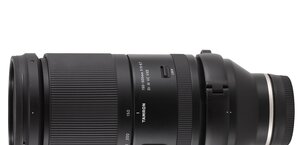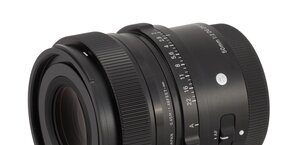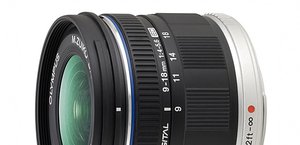Sony Carl Zeiss Sonnar T* FE 35 mm f/2.8 ZA
7. Coma, astigmatism and bokeh
It’s also worth mentioning that all these aberrations are very nicely damped down by stopping down the aperture. By f/4.0, even in the very corner of the frame, the diode is already only slightly deformed.
| Center, f/2.8 | Corner APS-C, f/2.8 | Corner FF, f/2.8 |
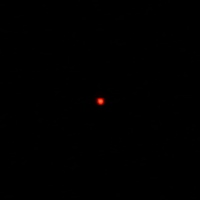
|
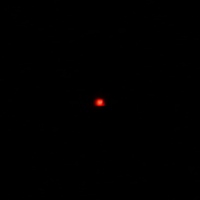
|
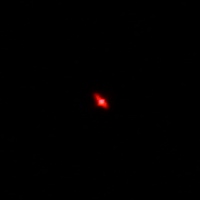
|
| Center, f/4.0 | Corner APS-C, f/4.0 | Corner FF, f/4.0 |
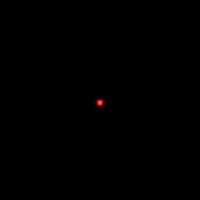
|
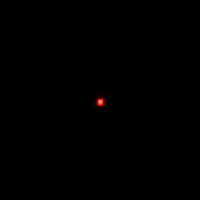
|
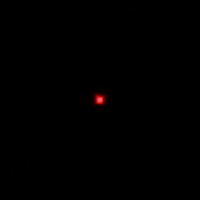
|
Please Support UsIf you enjoy our reviews and articles, and you want us to continue our work please, support our website by donating through PayPal. The funds are going to be used for paying our editorial team, renting servers, and equipping our testing studio; only that way we will be able to continue providing you interesting content for free. |
- - - - - - - - - - - - - - - - - - - - - - - - - - - - - - - - - - - - - - - - - - - - - - - -
If you take photos of a starry sky the image will be very similar to the one you saw in photos of the diode. The effect of reducing the aberrations of higher degree while stopping down the aperture to f/4.0 is perhaps a bit more distinct here; that way you can notice a bit more of real coma, still present in the very corners of the frame.
| A7R II, JPEG, f/2.8, prawy górny róg kadru 1:1 |
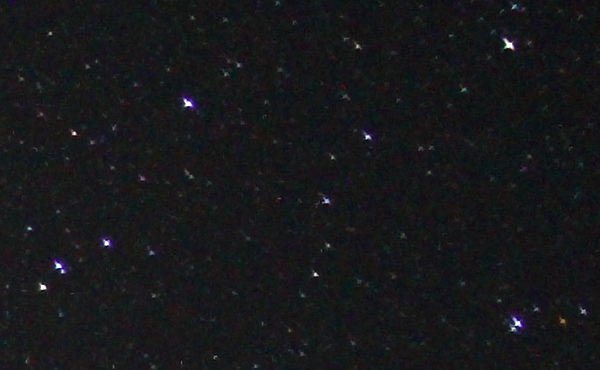 |
| A7R II, JPEG, f/4.0, prawy górny róg kadru 1:1 |
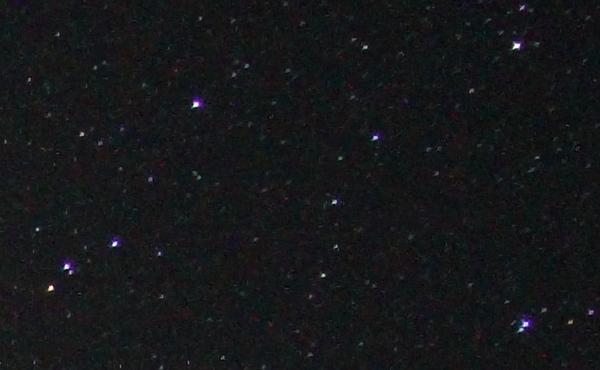 |
A relatively simple optical construction of the lens deals with the astigmatism moderately well. That aberration, understood as an average difference between horizontal and vertical MTF50 function values, reaches 13.9%. The value still can be called medium but it is dangerously close to a high level.
The appearance of out-of-focus images is not impressive. First of all, with such a price of the lens, the fact that the producer tried to save on the number of aperture blades is rather strange. There is virtually no reason for not including nine blades in the construction. Second, untypically for a Zeiss device, the light spread in the circles is characterized by onion rings and a noticeably lighter rim which appears when you stop down the aperture.
You also have to mention mechanical vignetting, impossible to avoid with such a small lens attached to a significantly big sensor. The circle in the frame corner is distinctly truncated. What’s more, that truncation still remains visible by f/5.6.
| Center, f/2.8 | Corner APS-C, f/2.8 | Corner FF, f/2.8 |
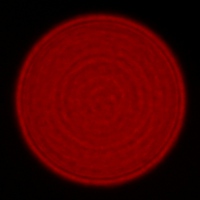
|
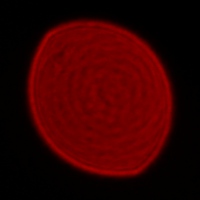
|
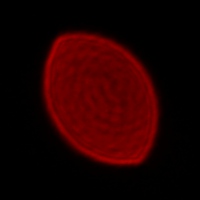
|
| Center, f/4.0 | Corner APS-C, f/4.0 | Corner FF, f/4.0 |
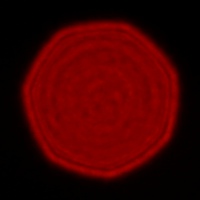
|
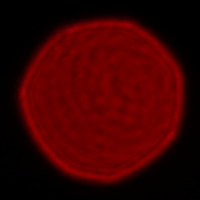
|
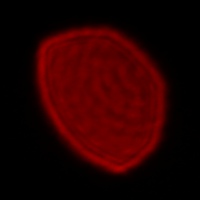
|
Center, f/5.6 | Corner APS-C, f/5.6 | Corner FF, f/5.6 |
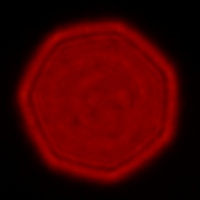
|
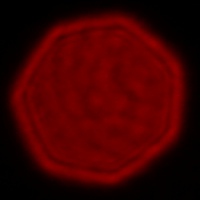
|
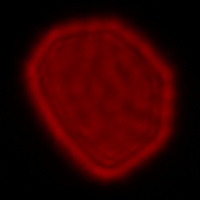
|




